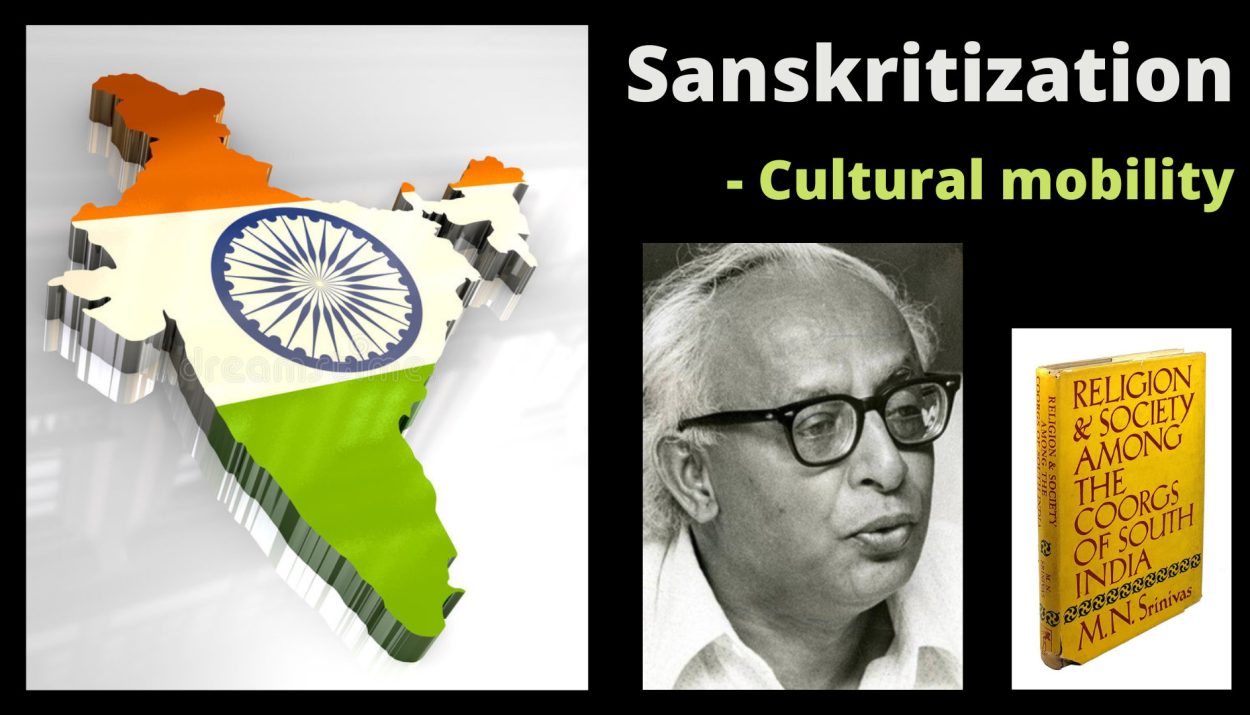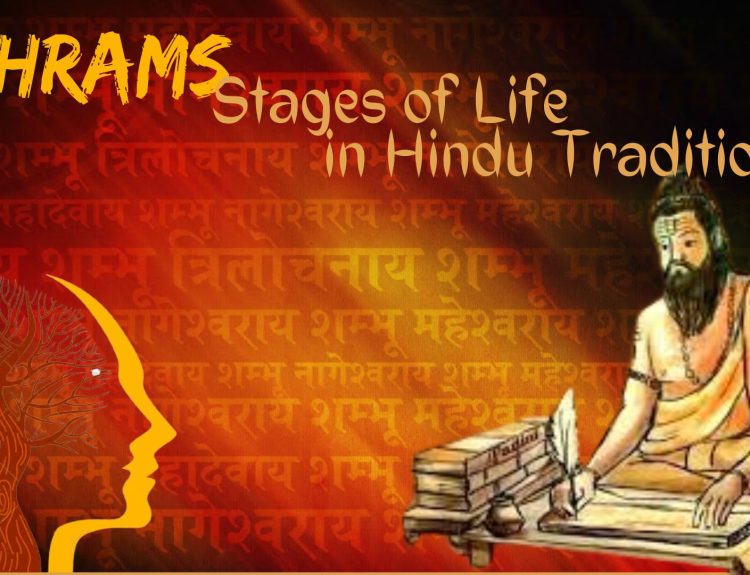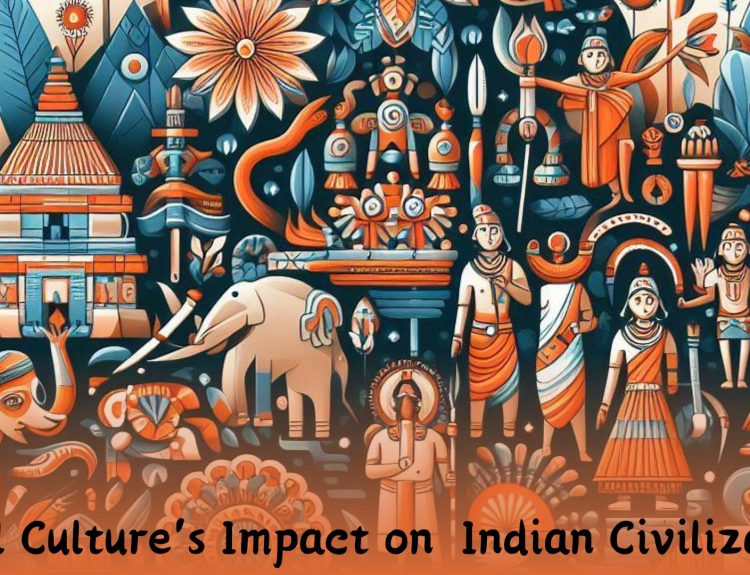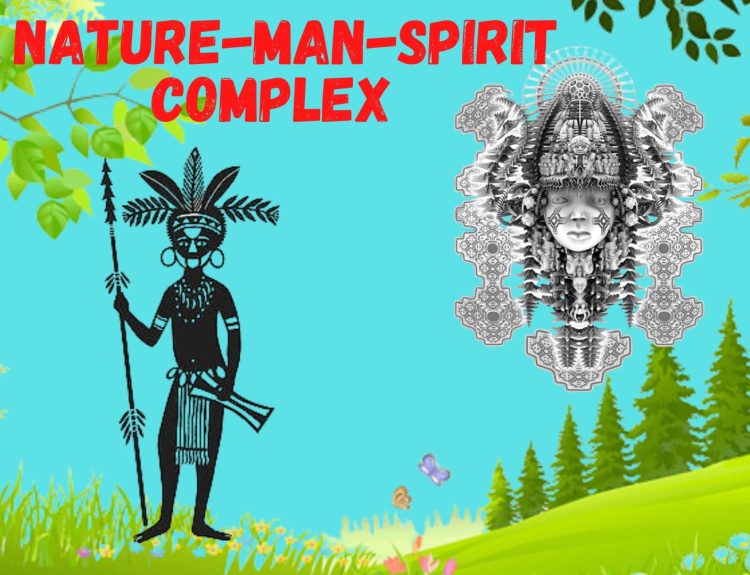The article “Sanskritization- Never forget the roots” explains the concept of Sanskritization.
The concept of Sanskritization is given by M.N. Srinivas in his book “Religion and Society among the Coorgs of South India”. This is the process by which lower caste people imitate higher caste people. It is the model to understand social or caste mobility in Indian society.
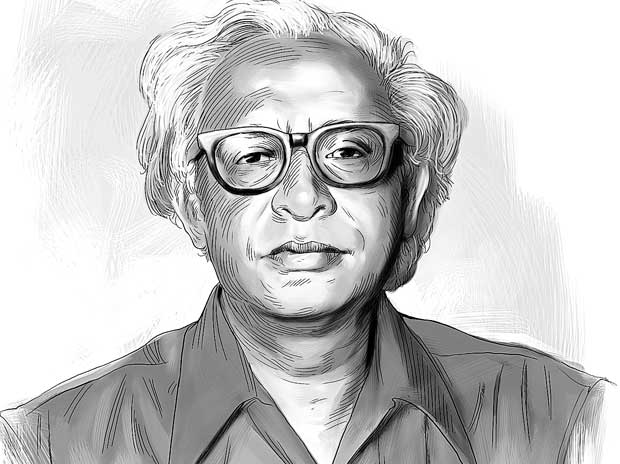
Sanskritization is defined as a process by which a low Hindu caste or tribal or any other group changes its customs, rituals, ideology, and way of life in the direction of a higher frequently twice-born caste. Then subsequently, they claim higher status in the local caste hierarchy.
Initially, Srinivas thought that only Brahmins get followed by lower caste so he gave the concept of Brahminization but later on, he found that Brahminization is not enough to explain social change as Brahminization is restricted to Vedic culture and not all Hindu traditions are related to Vedic. Then he replaced this term with Sanskritization.
Examples:
The lower caste practised the Sacrifice of the pig as their wedding ritual which they changed into cutting of nutmeg. They prefer Bride prices but they started practising dowry which used to be performed by Brahmins. This way lower caste claims for upper caste. To learn the concept of culture of different societies goes through this article- Cultures.
M. N. Srinivas‘s views-
- There are 3 models regarding Sanskritization
- Brahmin model
- Kshatriya model
- Vaishya model
and it depends on the local population and which model they have to follow. It is mainly related to acquiring the ritual and sacred things of the dominant caste.
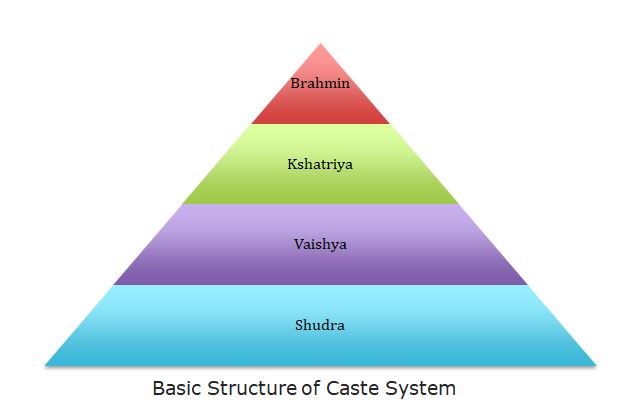
- Though it is an all-India concept it applies only locally because the lower caste imitates the locally dominant caste. There is no all-India dominant caste.
- Sanskritzation explains the positional change, not the structural change.
Reason behind Sanskritization
- Status elevation
- Expression of challenge
- Accumulation of Wealth
- Political power and political patronage
- British rule and democracy- allowed change in social status
- New occupations opened to all caste
- Increase in transportation and communication which helps in cultural contact
- Western education
Preconditions for Sanskritization
- Imitative caste should be superior
- There should be social contact
- There should be willpower to imitate higher caste
There is one negative impact of Sanskritization i.e. position of women gets lowered- lower caste women had a lot of freedom not available to the higher caste women.
Conclusion
Though Sanskritization is one concept, it should be treated as a bundle of concepts.
Today do you think Sanskritization is going on? No, it is not attractive anymore. Because our constitution provided enough safeguards for lower caste people so that they are well protected now. All castes join hands together to gain maximum benefits from each other. Even there is a possibility of de-Sanskritization in which the higher caste adopts the lower caste to get the benefits of reservation.
Read more:
- The Maharaj Libel Case of 1862: A Landmark in Colonial Legal and Social History
- Acclimatization: The Subtle Dance Between Humans and Their Environment
- The Anthropology of Sleep
- Lamarck’s Theory of Evolution
- Bipedalism and Structural Changes


